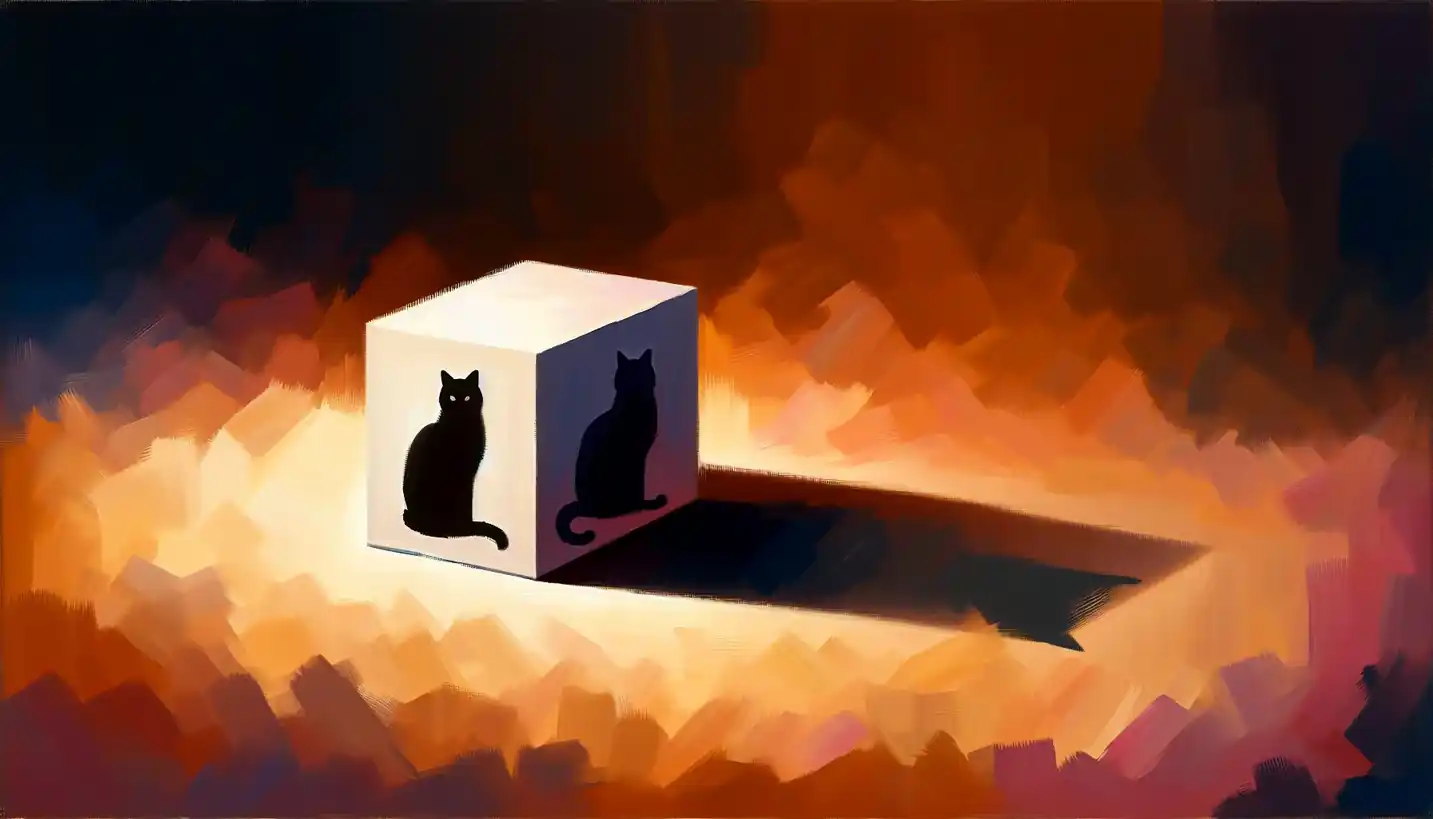· Physics · 4 min read
Van der Waals Forces: The Hidden Bonds of Nature
Van der Waals forces are the hidden bonds of nature, crucial in holding molecules together. Discover the subtle yet significant interactions that shape molecular structures.

Hold on to that thought about connections. In the world of molecules, there’s an unseen thread that weaves them together, often overlooked yet fundamental. This mysterious linkage is known as van der Waals forces—a fascinating concept in molecular physics that might just change how you think about the tiny universe of molecules.
What Are Van der Waals Forces?
Imagine walking into a room where everything is magnetically drawn together, but not quite touching. Van der Waals forces are like those invisible magnets at play between molecules. Named after the Dutch scientist Johannes Diderik van der Waals, these forces describe the attraction between atoms or molecules that don’t seem to have strong chemical bonds.
The Three Main Types
Van der Waals forces aren’t just a single type of interaction; they come in three flavors:
Dispersion Forces (London Forces): Picture electrons as tiny dancers around an atom’s nucleus. As they move, they sometimes gather on one side, creating an instant, slight negative charge. This temporary shift can influence nearby atoms, causing a chain reaction of attractions.
Dipole-Dipole Interactions: Think about molecules as little magnets. Some have a positive end and a negative end, due to differences in electronegativity. When two such molecules meet, opposite charges attract, pulling them closer together.
Hydrogen Bonds: Not exactly like the other van der Waals forces, hydrogen bonds are a bit stronger. When hydrogen is bonded to electronegative atoms like oxygen or nitrogen, it creates a strong dipole. It’s why water is sticky to itself, allowing insects to walk on water’s surface!
Why Do Van der Waals Forces Matter?
At this point, you might wonder, why should we care about these invisible forces? Well, they play crucial roles in many aspects of life and technology:
Everyday Life and Nature
Van der Waals forces are the reason geckos can scamper up walls and hang from ceilings. These small reptiles have millions of tiny hairs on their feet that exploit these forces, allowing them to grip surfaces effortlessly.
In the plant world, the structure of many biological molecules, like cellulose in plants, depends heavily on van der Waals forces for stability and function. They help keep cell walls sturdy and rigid.
Technological Impact
Think about new materials like graphene or carbon nanotubes. Their incredible strength-to-weight ratios rely on van der Waals forces. In nanotechnology, controlling these forces can lead to innovations in drug delivery systems, where the precise placement of molecules is key.
The Science Behind the Scenes
The science of van der Waals forces reigns in the world of quantum physics. Although these forces are weak compared to chemical bonds, their collective impact is substantial. When vast numbers of tiny forces act together, they can have significant effects. It’s like teamwork at a molecular level!
At the atomic scale, every atom is surrounded by a cloud of electrons, constantly shifting and influencing others around them. Despite being temporary, they build up to form substantial attractions over large groups of atoms.
Do Van der Waals Forces Have a Future?
As scientists delve deeper into molecular physics, van der Waals forces may open the door to new technologies. Imagine more efficient energy storage, or advancements in the creation of synthetic materials that mimic biological ones, all governed by these fascinating forces.
Challenges and Questions
One challenge in harnessing these forces is their weakness compared to ionic or covalent bonds. Scientists are exploring how to amplify or control them for practical applications. Could we one day build structures using only van der Waals forces, creating materials that are both strong and lightweight? The potential is huge.
A World Held Together by the Smallest Threads
Van der Waals forces are a captivating part of our universe’s hidden architecture. Though they might seem weak and insignificant on their own, together they hold the world of molecules in elegant cohesion. By understanding and manipulating these forces, we inch closer to breakthroughs that could transform technology and deepen our grasp of the natural world.
In the end, remembering these little dancers—the electrons, the tiny magnets, and the sticky hydrogen bonds—adds a layer of magic to our appreciation of molecular wonders. So next time you marvel at a gecko or ponder over the power of water, think van der Waals. They might just be your newest invisible influence on the dance floor of life.



